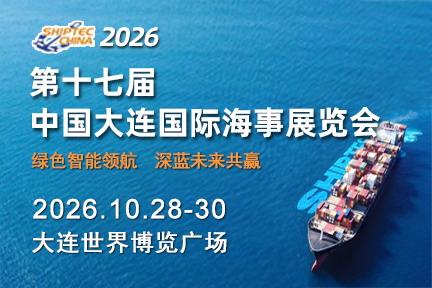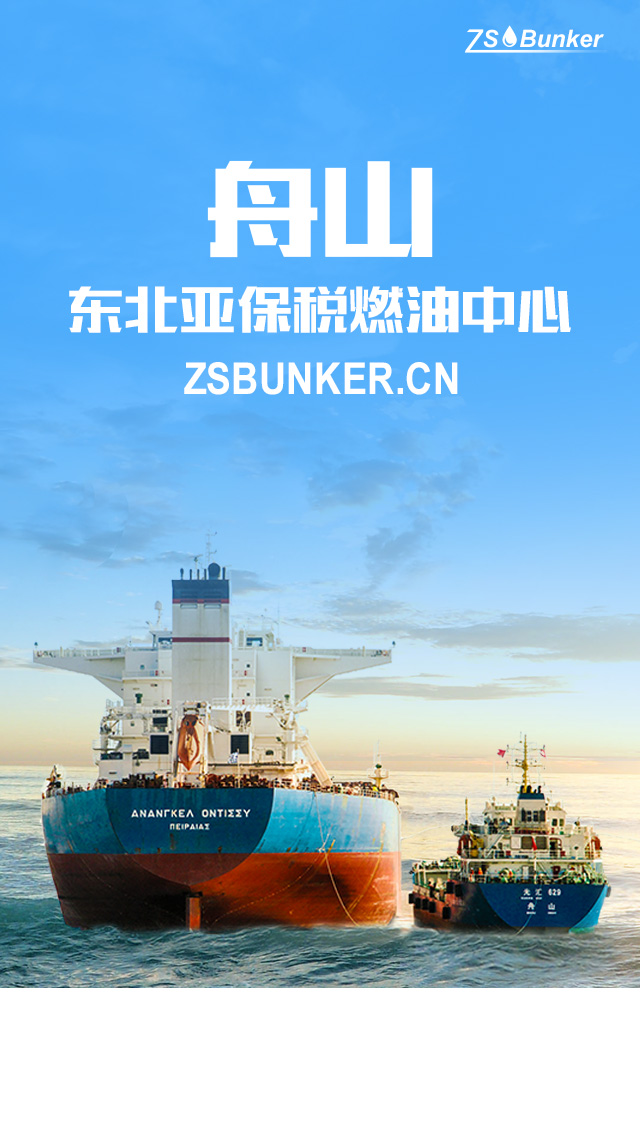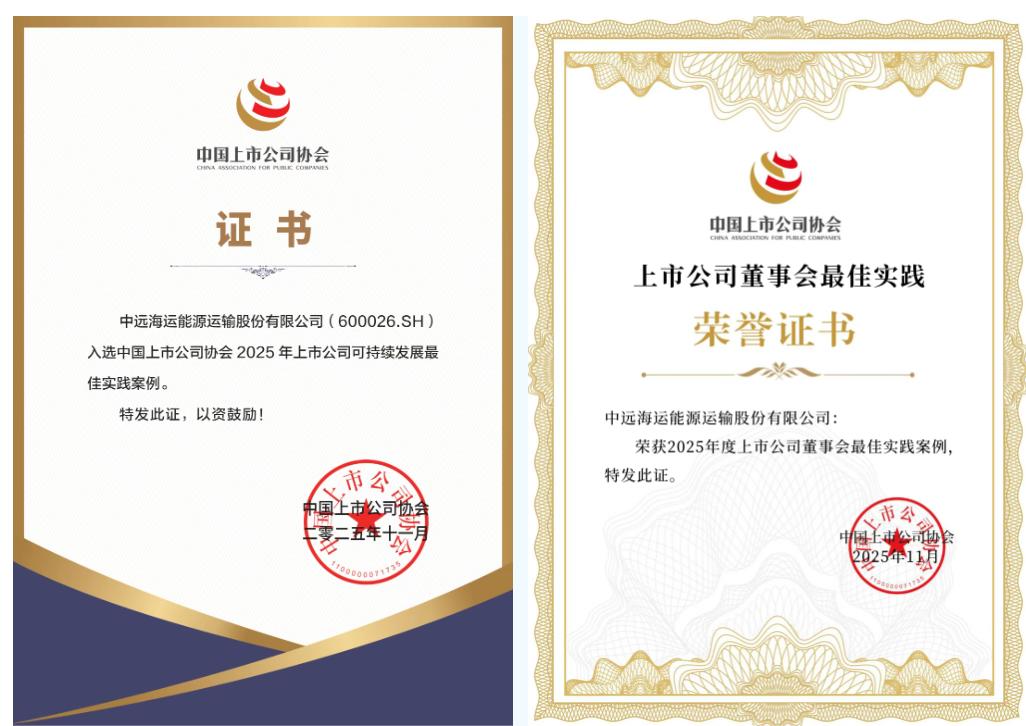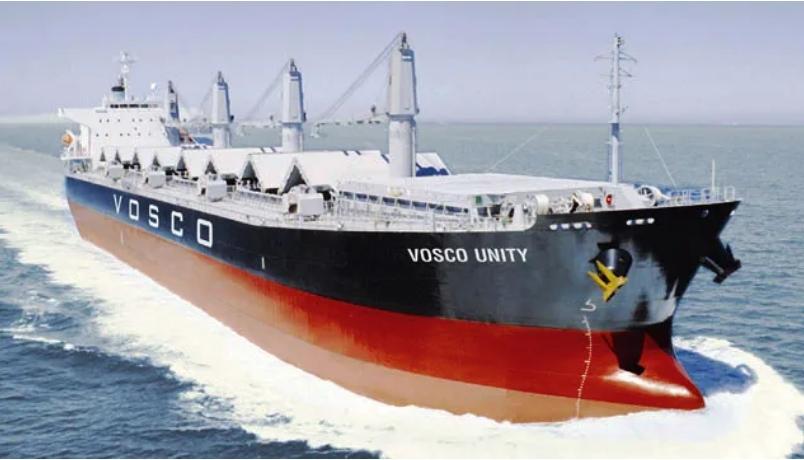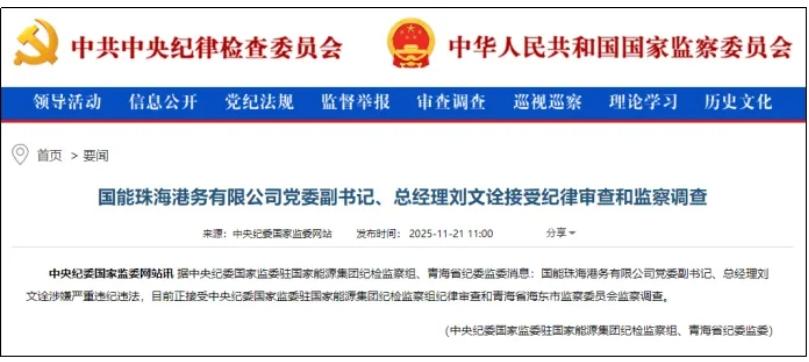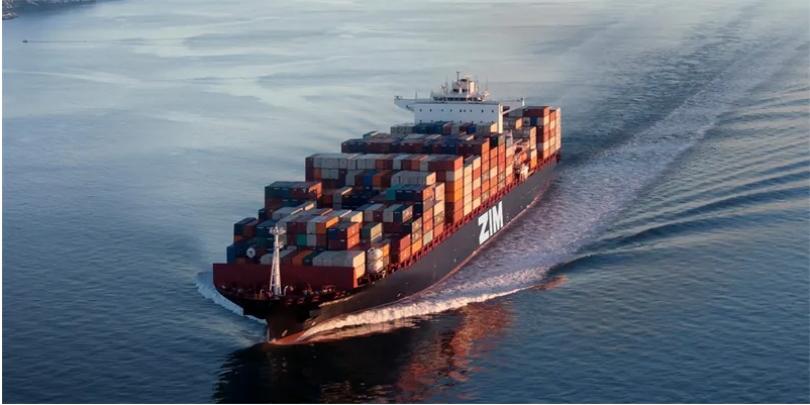《装卸时间与滞期费》第6版
CHAPTER 3 第3章
Commencement of laytime 装卸时间的起算
3.46 而在Kokusai Kisen Kabushiki Kaisha v. Flack & Son 案中的情形稍微有点儿特殊,所涉及的船舶被承租人指示前往莫桑比克Delagoa湾‘如同可能被指定的那个码头’装货。但是,在Delagoa德拉瓜湾却没有码头!上诉法院认为:尽管该租船合同从形式上看是一个码头租船合同,但我们该略去‘那个指定的码头’这句话,而将它看作是一个港口租船合同。
3.47 In Carlton Steamship Co Ltd v. Castle Mail Packets Co Ltd, a customary laytime charter provided for a vessel to load at a named dock ‘‘always afloat’’. The vessel proceeded to the dock, which was tidal, but was forced to leave during loading because of steadily falling tides, returning later as the spring tides approached. The main issue was the question of liability for the delay which arose after the vessel became an Arrived ship and on this a majority of the Court of Appeal held, reversing the lower court, that the delay was not unreasonable and therefore, under the normal rules for customary laytime charters, fell to the shipowner’s account. On the question of when the vessel became an Arrived ship, Smith LJ (who dissented on the main issue) said:
. . . here the ship was an arrived ship when she got to Senhouse Dock, Maryport... The owners had done their part in bringing her to Senhouse Dock, Maryport.
3.47 在Carlton Steamship Co Ltd v. Castle Mail Packets Co Ltd案,涉及的是一份按习惯装卸时间的租船合同。该合同规定船舶前往一个指名的‘始终处于漂浮状态’的码头装货。该轮所要驶往的是一个受潮汐影响的码头。在装货过程中,由于稳定的落潮,该轮被强制离开,后来等高潮临近时,再重新靠泊。因此,所产生的主要争议是,在该轮已经成为抵达船之后产生的这种延迟应该由谁来负责的问题。上诉法院大多数推翻了下级法院的判决,判定:这种延迟不是不合理的,所以按习惯装卸时间的租船合同的标准原则,这种延迟应由船东承担。针对该轮何时成为抵达船的问题,Smith大法官(他对上述主要争议表示异议)如是说:
……在此该轮只要抵达了Maryport港的Senhouse码头就算是抵达船……船东只要将其船舶驶抵Maryport港的Senhouse码头就算已经尽职了……
3.48 Similar sentiments were expressed by Hamilton J in Thorman v. Dowgate Steamship Co Ltd, where he said:
The charterparty itself is a charter to proceed to a named dock in a named port and... under the ordinary rule applicable to charterparties she would be arrived at her destination when she was in the dock.
3.48在Thorman v. Dowgate Steamsliip Co Ltd案,Hamilton 法官明确阐述了类似观点,说:
该租船合同本身就是要求船舶驶往一个列明港口的指定码头的租约……按照适用于租船合同的一般性规则,该轮只要抵达了那个码头(港池)就算抵达了其目的地。
3.49 There is, however, one further exception to the general principle that the specified destination is reached on arrival in dock and not in berth and this exception applies equally to port charters. This is that where a berth is available immediately on arrival so that the vessel is able to go straight into berth, then the end of the voyage is on arrival in berth. Lord Diplock explained the reasoning behind this in The Johanna Oldendorff, saying:
Since the business purpose of the voyage stages is to bring the vessel to a berth at which the cargo can be loaded or discharged, the shipowner does not complete the loading or the carrying voyage until the vessel has come to a stop at a place within the larger area whence her proceeding further would serve no business purpose. If on her arrival within the dock or port there is a berth available at which the charterer is willing and able to load or discharge the cargo, the vessel must proceed straight there and her loading or carrying voyage will not be completed until she reaches it. But if no berth is available, the voyage stage ends when she is moored at any convenient place from which she can get to a berth as soon as one is vacant. The subsequent delay while waiting for a berth does not fall within the voyage stage under a dock charter or port charter, but in the loading or discharging stage.
In London Arbitration 16/05, the tribunal held that an entry in the vessel’s records as to the EOSP (end of the sea passage) did not evidence when the carrying voyage had come to an end. The voyage did not come to an end until the vessel had finished her voyage and reached a point as close as possible to a point to where cargo operations were to be carried out. In the tribunal’s experience, the end or commencement of sea passage meant the point in time when the vessel changed her manning state to or from sea watches to one for entering or leaving harbour.
3.49然而,对这一基本原则另外还有一个的例外,即只要抵达码头就算抵达了指定的目的地,尽管还未靠泊,而且这种例外也同样适用于港口租船合同。这就是,当船舶抵达时,要有立即马上可以靠泊的空闲的泊位,这样她就可以直接靠上去从而在靠泊后结束航程。Diplock勋爵在The Johanna Oldendorff—案中解释其背后的原因,说:
既然该航次阶段的商业目的是使船舶驶抵一个能够进行装货或卸货的泊位,那么,只有当船舶驶抵了一个较大地区范围内某处的一个终止点,而且再往前走已不再有什么商业意义时,船东才算完成了装货或载运航程。如果船舶驶入码头或港口时,恰逢承租人希望的那个泊位空闲着又能够进行装货或卸货作业,该轮必须径直靠泊,而且只有当她靠好了泊位,她才算是完成了装货或载运航程。但若没有空闲可用的泊位,船舶系泊在某一便利的地方,一旦泊位空出,从那儿她能尽可能快地驶抵泊位,则这时亦应算航程阶段结束。在码头或港口租船合同下,在这之后因等泊所延迟的时间不计入该航程阶段,而是计入装货或卸货作业阶段。
在报道的伦敦仲裁2005年第16号案中,仲裁庭裁决,在船舶动态记录本上记录EOSP (海上航程结束)并不能证明载运航程结束。只有船舶完成她的海上航程和抵达或尽可能接近货物能够进行作业的某一地点,载运航程才算结束。根据仲裁庭的经验,终止或开始海上航程的时间点仅意味着船舶为了进港或离港而改变其操纵状态并结束或者开始航行值班。

《装卸时间与滞期费》购买链接(点击可购买)
海运圈聚焦专栏作者 魏长庚船长(微信号CaptWei)

 2018-12-12
2018-12-12 851
851 




